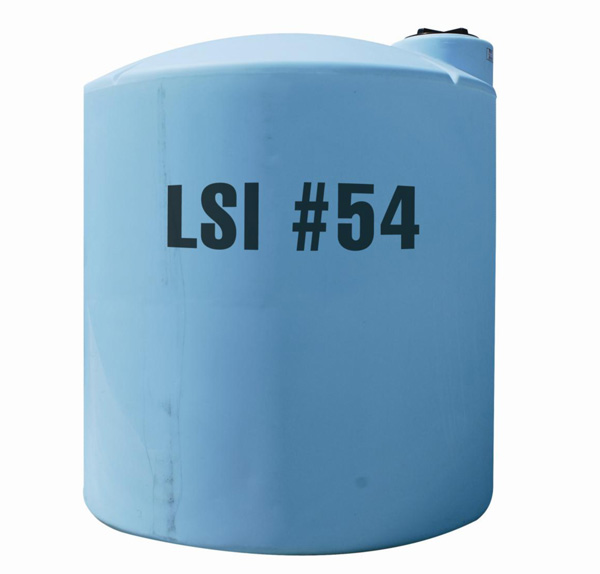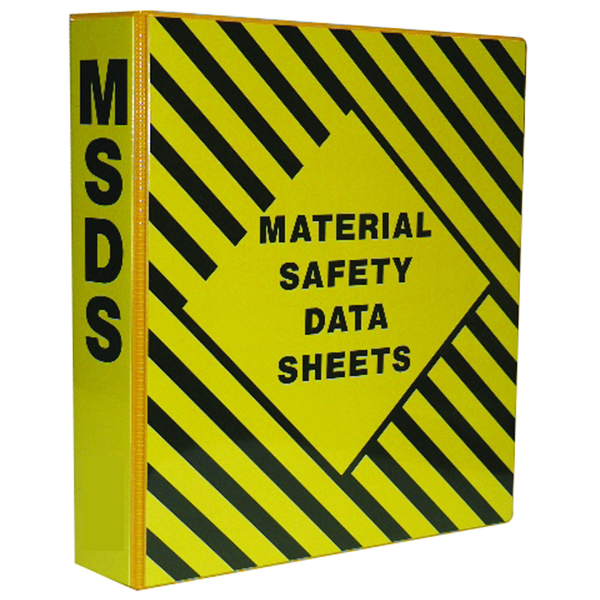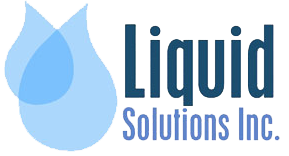About Liquid Solutions Inc.
Safe & Environmentally-Friendly | Michigan Products
Liquid Solutions, Inc. is a locally owned and operated West Michigan company specializing in dust control and bulk calcium chloride distribution. We began in 2008 as an endeavor to supply local plow companies with an effective alternative to rock salt for melting away snow and ice in parking lots and roadways. Our research led us to a Michigan company that produces a liquid calcium chloride for ice and dust control from wells right here in Michigan. Partnering with Michigan Chloride Sales, LSI has the trucking infrastructure to deliver product on time year around.
Liquid calcium chloride is a naturally occurring material mined in central Michigan. The mineral brine that is extracted is clear and almost odorless and is environmentally friendly. Liquid calcium chloride is relatively harmless to plants, soil and grass and does not present any hazard to the environment when used properly. There is no human or animal health risks associated with ordinary exposure to this material. It has less impact on the ground water than an oil brine that some companies use for the same purpose of melting snow and ice, as well as dust control.
Liquid Solutions supplies landscape/plow companies with product for use in the winter months to apply before/after snow and ice events. Our commitment to professional service, courteous staff and on time deliveries has made us a leader in West Michigan dust control and bulk calcium chloride distribution.

- Locally owned and operated West Michigan company specializing in dust control services and bulk calcium chloride distribution.
- Partnered with Michigan Chloride Sales, LSI has the trucking infrastructure to deliver product on time year around.
- LSI’s commitment to professional service, courteous personnel and on time deliveries has helped us to become a leader in West Michigan dust control and bulk calcium chloride distribution.

MSDS
Material Safety Data Sheet
PRODUCT NAME: MINERAL WELL BRINE SOLUTION: MSDS:0001 EFFECTIVE DATE: JANUARY 1, 2006

FAQs
If you do not see your question answered here, Contact Us!
We would love to answer any questions you have.
Dust:
How do I get a quote?
Every situation is custom – based on size and other variables. Please contact us for more information.
How long will it last and not be dusty?
The application longevity varies by weather, road composition and traffic.
Contact us to discuss your site.
Snow/Ice:
How much is it a gallon?
The weight of calcium chloride, distance to your location, and quantity needed
are all factors used to determine the cost. Please contact us for more information.
Can I get a tote of this product to try it out?
We supply in large quantities – but have customers that will sell in smaller quantities. Please contact us for more information.
Do you deliver, say 300 gallons?
Our minimum delivery is 3,500 gallons. Please contact us for more options.
I've used chloride before, what makes your product work better than other chloride I've used?
Our product is calcium magnesium chloride – produced from naturally occurring wells here in Michigan. See our Material Safety Data Sheet for the chemical composition. Most of our competitors use an oil well brine that is sodium chloride (salt) that is corrosive and not environmentally friendly!
What options do you have for storage?
We have fiberglass storage tanks available for volume customers. Please call us to discuss your storage tank needs.
Let's Discuss Your Needs
Request a Quote
or Call (616) 340-5864
Mailing Address:
6757 Cascade Rd. SE #45
Grand Rapids MI 49546

